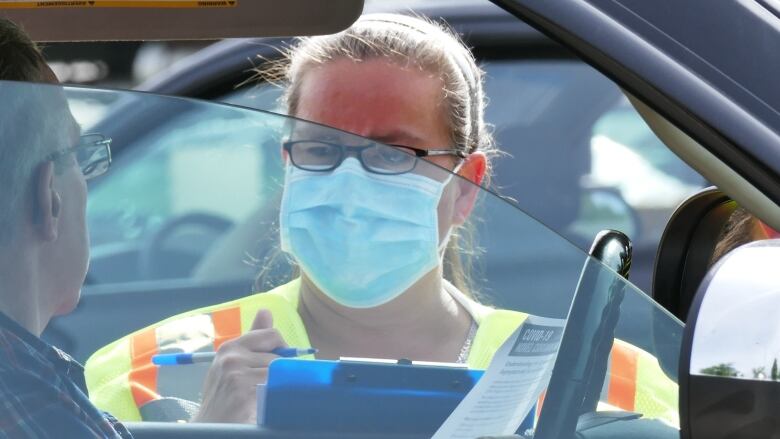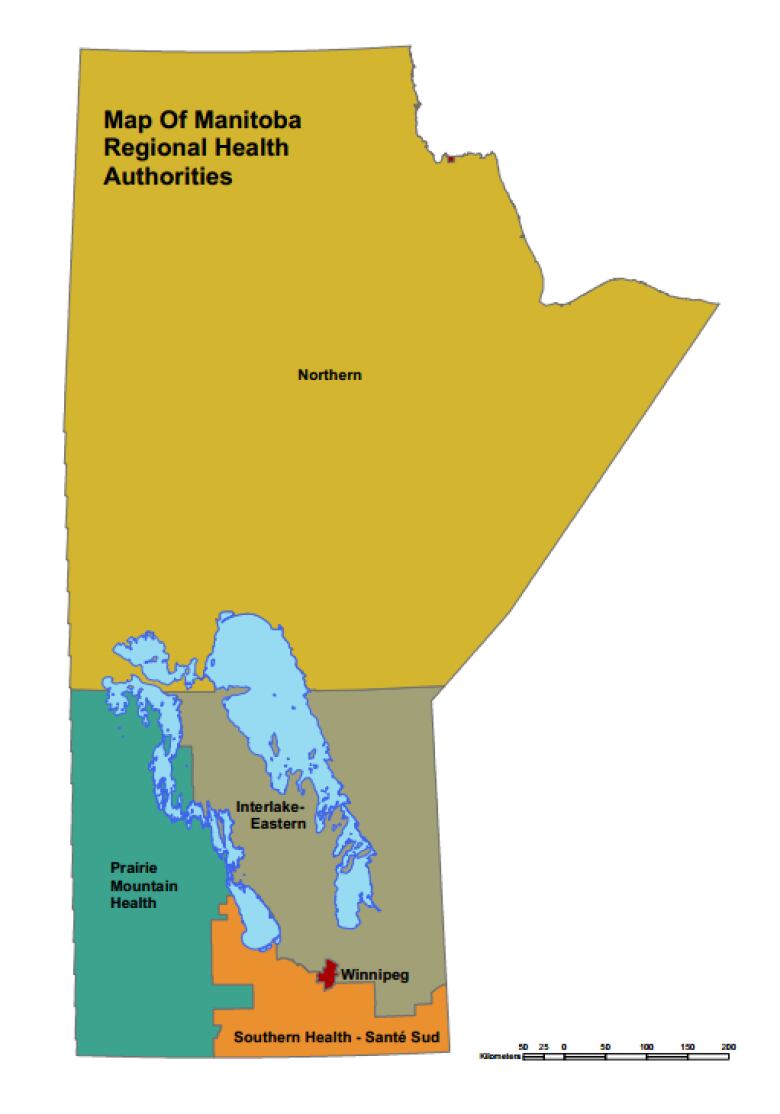Privacy no excuse for vague disclosure of Manitoba COVID-19 cases
Saskatchewan is now far more specific and Manitoba may follow its lead

From the start of the COVID-19 pandemic, many Manitobans have been curious to learn who iscontracting the virus, how and where.
When it comes to who, public health officials don't offer more detail than a gender and a decade "a male in his 20s" or "a female in her 40s," for example.
When it comes to how, Chief Provincial Public Health Officer Dr. Brent Roussinusually sticks to a handful of categories.
There are travel-related cases, where Manitobans got infected outside the province or visitors brought their infections here. There arecases linked to other known cases. There are also cases still under investigation, which eventuallyget reclassified as "pop-up community transmission"ifno known link is discovered.
This level of detail regarding who contracts COVID-19 andhow they get it appears to be acceptable, with some exceptions.
It would be instructiveto learn whether a Manitoban under the age of 10 is an infantor an older child. As well, defining community transmission as any case without a known transmission chain offers no solace to the unlucky duck who contracts the coronavirus at a bank or burger joint.
The most contentious question involves where cases are located. Manitoba only identifies cases by one of five provincial health regions.
This is problematic, because four of those regions are immense.

The Southern Health region, whichstretches from Lake Manitoba to Lake of the Woods, is roughly the same size as Haiti.
The Interlake-Eastern Health regionis almost as large as Latvia, which is a big deal if you've ever made the gruelling trek from Terehovaon the Russian border to Ventspilson the Baltic Sea.
The Prairie Mountain Health region, which stretches from Swan River to the U.S. border, is almost the size of Ireland.
And at about 396,000 square kilometres, Manitoba's sprawling Northern Health region is bigger than Norway.
These enormous sizes may provide Manitobans with a false sense of security. A case in the Southern region could be in Piney,Pilot Mound or Portage la Prairie.A case in Prairie Mountain could be in Dauphin or Deloraine.
Even the relatively compact Winnipeg region offers a lot of ambiguity, given that two-thirds of the province resides within its bounds.
Public information experts say Manitobacould identify the location of COVID-19 cases in greater detail without compromising the privacy of the people in question.
'Go more granular': Sask. privacy commissioner
Saskatchewan, which is similar in size and population to Manitoba, has started identifying cases in far greater detail. That provincenowassigns COVID-19 casesto one of 32 separate subregions.
Saskatchewan'sinformation and privacy commissioner would like his province to go even further and identifycases by individual towns, rural areas or even neighbourhoods within cities.
"My position has been encouraging decision makers to go more granular. The only limit is when you get to the point of releasing inside information in such a way that an individual could be targeted," Ron Kruzeniski said Wednesday in an interview.
"Saying there's one person in Regina [with COVID-19] doesn't allow identification, but if there's one person in a community of 20 or 30 people, that might in fact create identification. Decision makers have had to walk that line in terms of determining how close they getto releasing their personal information."
In other words, the collective right to learn information that can keep you safe has to be balanced against the individual right to protect your privacy from people who could cause you harm.

Kruzeniski maintains there is no threat to privacy by naming the specific location of COVID-19 cases, provided they are not tiny.
"Citizens do have the right for information from their government, so we start with that basic principle," he said.
"I think that basic principle creates trust and confidence in the governing authorities because they're being as open and transparent as they can, with some exceptions."
Manitoba could do more: ombudsman
In Manitoba, Dr. Brent Roussinhas repeatedly stated he will only divulge specific case locations when there is a threat to public health. Those instances have included potential exposures to the general publicat Manitoba retail stores, restaurants and hospital emergency wards.
For months, Roussin hadresisted suggestions he ought to provide more specific geographic details about every case.
Manitoba's ombudsman suggests Roussin could in fact provide more granular detail.
"Reducing the size of the regions used to disclose locations of COVID-19 cases is possible, so long as the individual is not identified and the other public information used (gender, age range, places visited, and home location) does not give anyone the ability to re-identify an individual," Jill Perron said Wednesday in a statement.
The province would have to be careful of potential stigmatization if it does get more specific, she warned.
"Publicly identifying individuals or groups may stop people from coming forward to be tested," Perron said.
There will, however, come a time when the stigma associated with COVID-19 will diminish. One in 325 Canadians have already contracted the virus, which isn't going anywhere.
The stigma will disappear quickly once most or all communities,and even neighbourhoods, are named.
The provincial government hinted it's considering a change in this direction.
"We recognize that information is key in empowering Manitobans in the fight against COVID-19,"a spokesperson for Premier Brian Pallister said in a statement.
"Our government is working to find effective short- and long-term solutions to share valuable public health information."












_(720p).jpg)


 OFFICIAL HD MUSIC VIDEO.jpg)
.jpg)



























































































